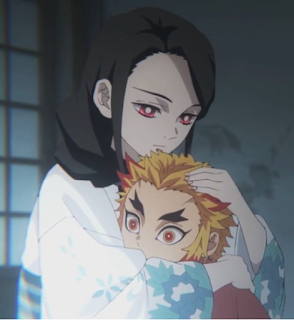Adult Ridable Horse Thing: Research Phase
I've had this idea for a project settled in the back of my mind that I hope to work on one day after I move to a new place. I want to make a horse statue or figure that I can sit on and display. I see beautiful carousel horses for sale and vintage rocking horses only to balk at the price tag. Basically, about as expensive as a real horse. So I looked into 4 of the common horse ridable object types to see what I could learn to make something that my grown ass can sit on with out breaking it or looking ridiculous. The 4 types I considered are Hobby Horses, Roller Horses, Rocking Horses and Carousel Horses. Hobby Horses A severed horse's head on a stick...gruesome. And very much an abstraction of a horse. But there are other "hobby horses" like barrel horses or saw horses that you can mount saddles on with an optional horse head. Obviously, very much an abstraction but it did offer a variety of ways to create that horse head and add it to existing structures like benc...




